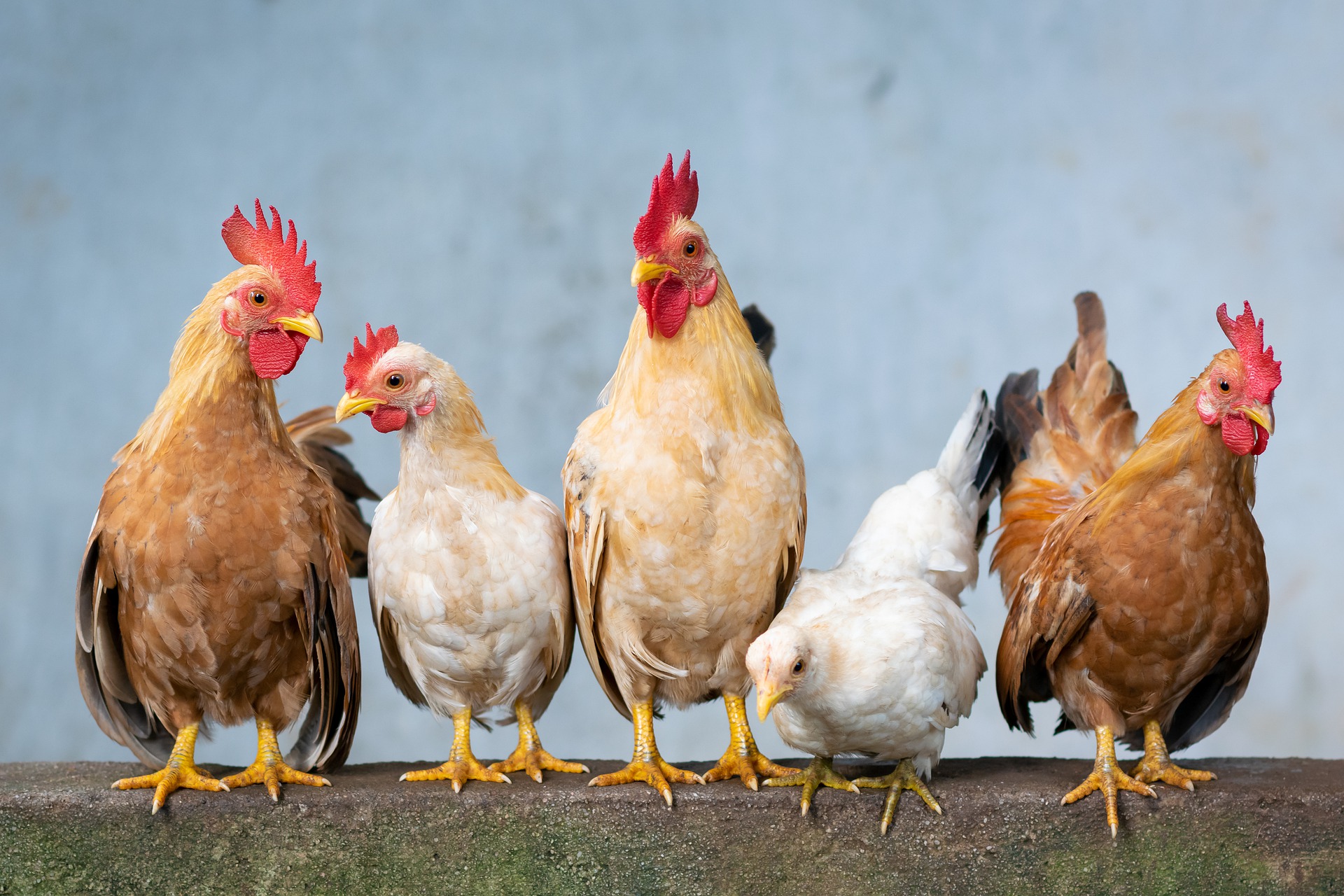There are nearly three times as many laying hens in Sonoma County as there are people. In a testament to the care area poultry farmers give to their livestock, many of the farms are multi-generational members of the county community.
Yet, a ballot measure largely funded by animal activist group Direct Action Everywhere, seeks to limit the number of livestock that can be housed on a farm. The proposed ballot measure would restrict any farm deemed a concentrated animal feeding operation (CAFO). Under the proposed rules, farms housing only the smallest number of livestock allowed by the U.S. Environmental Protection Agency could remain in operation. The proposal could significantly affect how people access local food, increase overall contributions to climate change, and take jobs from many farmworkers in the county.
The proposal likens itself to Prop 12 and notes that millions of animals live on hundreds of feedlots all over California. However, the ballot measure would specifically target Sonoma County which has just 21 farms that would fall under the rules of the proposal, all of which are already Prop 12- and EPA-compliant. The proposal creates a double-jeopardy scenario for farms in the county which are already following all the existing rules by forcing them out of business if they choose not to “down-size” their flocks or herds mandated within three years.
Given that only 5 percent of the total population of Sonoma County is actively involved in agriculture, it is easy to understand that there may be some misunderstandings about what a CAFO is or how farms operate. So, delving into the specifics of agriculture in the county may help make some of the practices on poultry and dairy farms easier to understand.
Sonoma County’s farms earn the most from eggs, milk, and wine grapes. The county ranks No. 2 in California in Christmas tree production, No. 5 in egg production, and No. 10 in milk production. There are 3,097 farms averaging 151 acres each throughout the county and 92 percent of those farms are owned by families. Nearly half the farms in Sonoma County hire farmworkers and about one-third of the farms are owned by “new and beginning” farmers.
CAFOs seem like imposing, corporate entities. However, any farm where animals are housed for more than 45 days is considered an Animal Feeding Operation, not a CAFO. Creating a broad interpretation of the term puts virtually any farm in danger of being considered a CAFO, making the ballot measure particularly dangerous for two of the county’s most important food producing groups: dairies and egg producers. Dairy cattle do not begin to produce milk until they have birthed a calf and are typically about two years of age by then. Similarly, laying hens typically do not begin to produce eggs until they are 18 weeks, or 128 days, old.
The deciding factor for “dangerous” CAFOs, according to Direct Action Everywhere, is how many animals are housed by a single owner. Under the ballot measure, no owner can house more than 200 dairy cattle or 9,000 poultry on adjoining parcels or share a common waste management system. Moreover, no new CAFOs can be established after the date of passage of the ballot measure. For example, if the “new and beginning” farmers that make up a third of the current county agricultural population wanted to expand their commercial farming operations for the betterment of their farmworkers’ wages, businesses, or their own families, they would be prohibited from doing so.
In addition to banning the expansion of new businesses, the impact on the environment could be devastating. While the current rules pertaining to CAFOs and farms require permitting, water testing, and proper waste management, banning the local production of milk and eggs would force the community to import these highly perishable items from elsewhere. Rather than curtailing greenhouse gas emissions by sourcing local foods, the ballot measure would increase emissions via increased shipping and commuting for groceries.
Of the 3,097 farms in Sonoma County, 43 percent are staffed by farmworkers – more than 450 people. By mandating a “down-sizing of herds and flocks,” the ballot measure also mandates the need for fewer employees on those farms, putting farmworkers at risk of losing their jobs. The average farmworker wage in California is $17/hr., versus $13/hr. for other manual labor jobs. The ballot measure puts a significant amount of farmworker income at risk. In addition to farmworker income, many of these farmworkers are provided housing as part of their jobs. So, not only would their incomes be at risk but their homes, and the homes of their families as well.
Finally, Direct Action Everywhere bills itself as an organization that believes in equality for all sentient beings – humans and animals alike – yet, in addition to putting people’s jobs and homes in jeopardy, it put the lives of the very animals it claimed to want to help at risk. By forcing all farms to “down-size” into a specific flock or herd number, the animals that must be removed are likely to be sold at auction to either a different farm or to a slaughter facility.
The proposed ballot measure has been pitched as animal rights and environmental clean-up measure. But really, it is an anti-agriculture measure designed to keep farms from doing what they do best: supporting their communities while feeding as many people as possible effectively, efficiently, and safely.
Pam Lewison is the Director of Agriculture Research at the Washington Policy Center and a Pacific Research Institute fellow. She co-owns and operates a family farm in Eastern Washington state.

